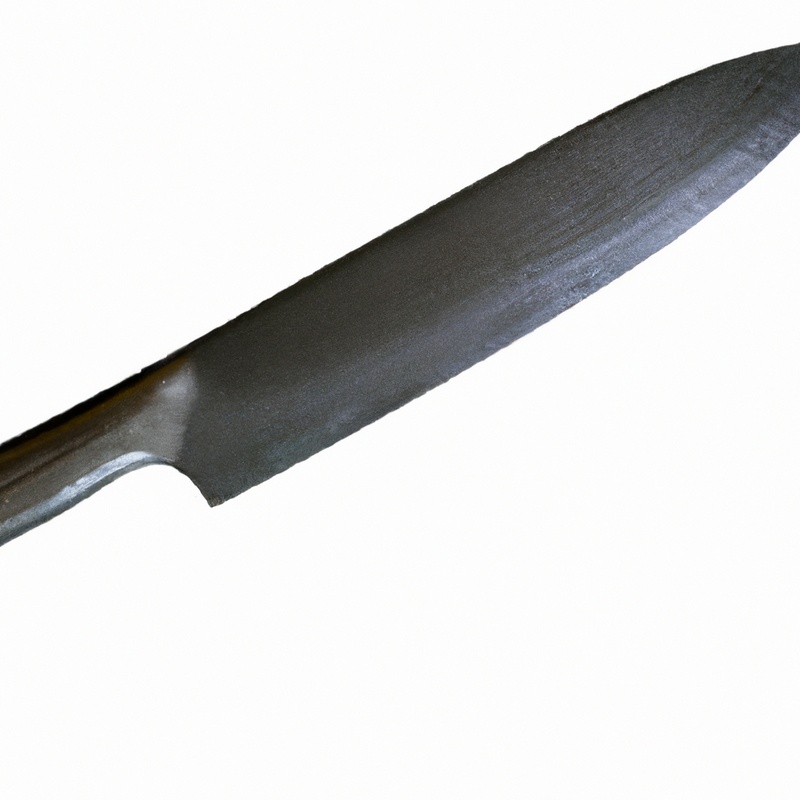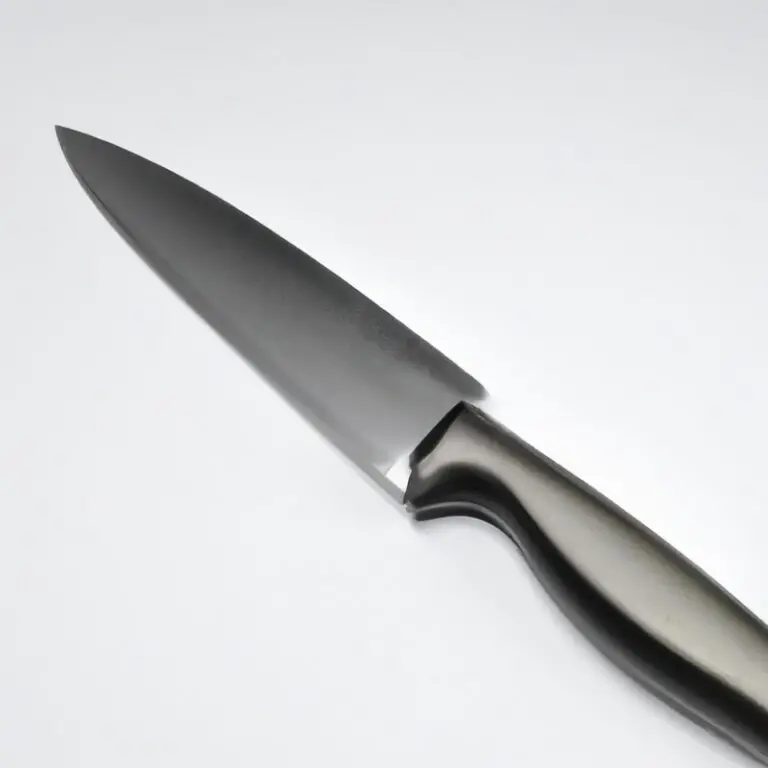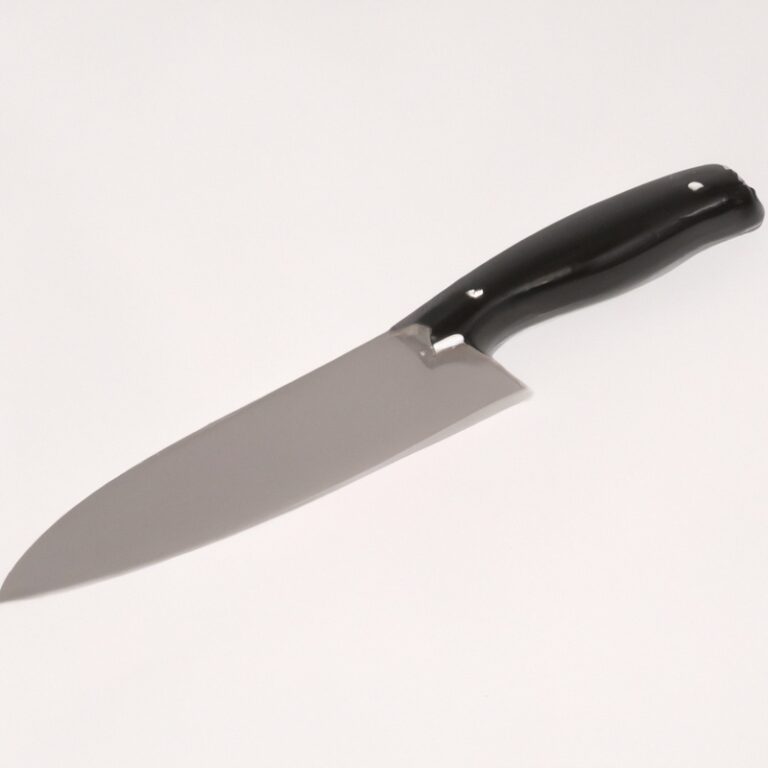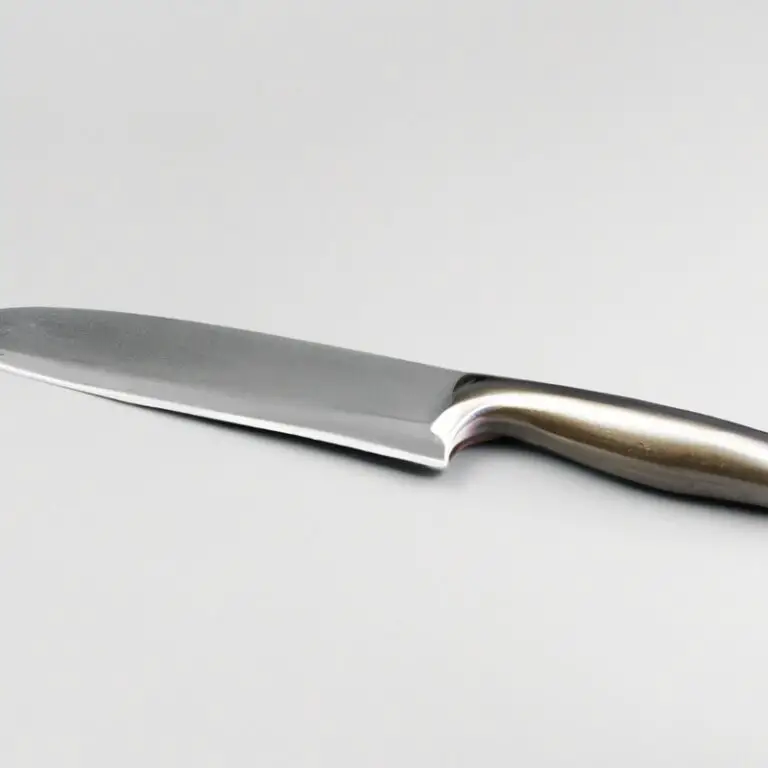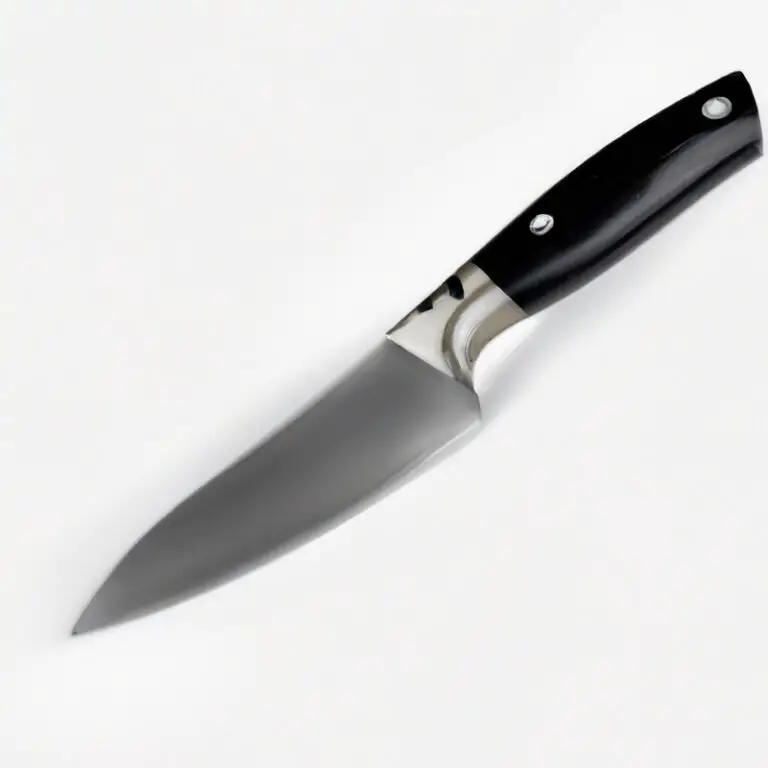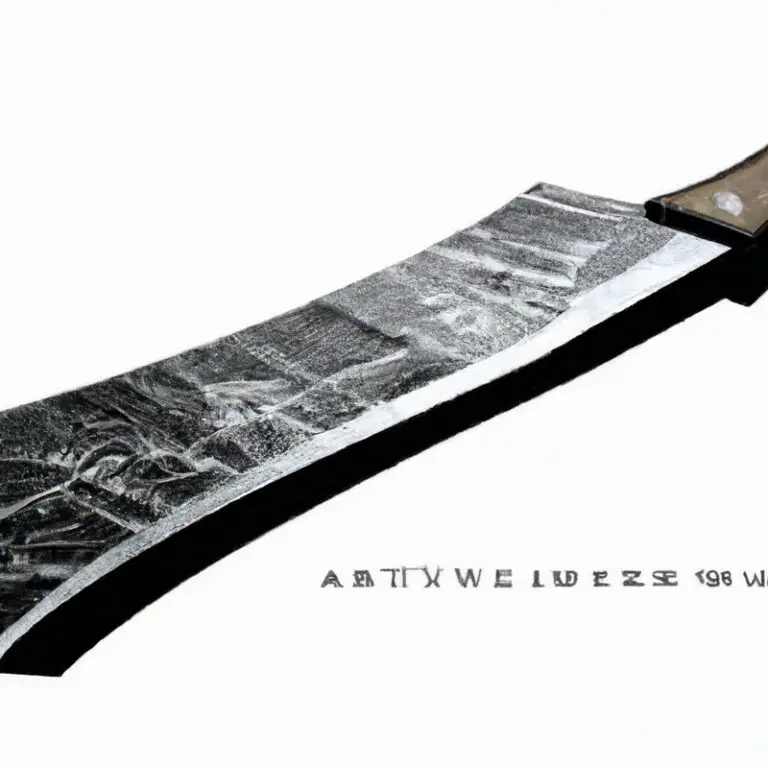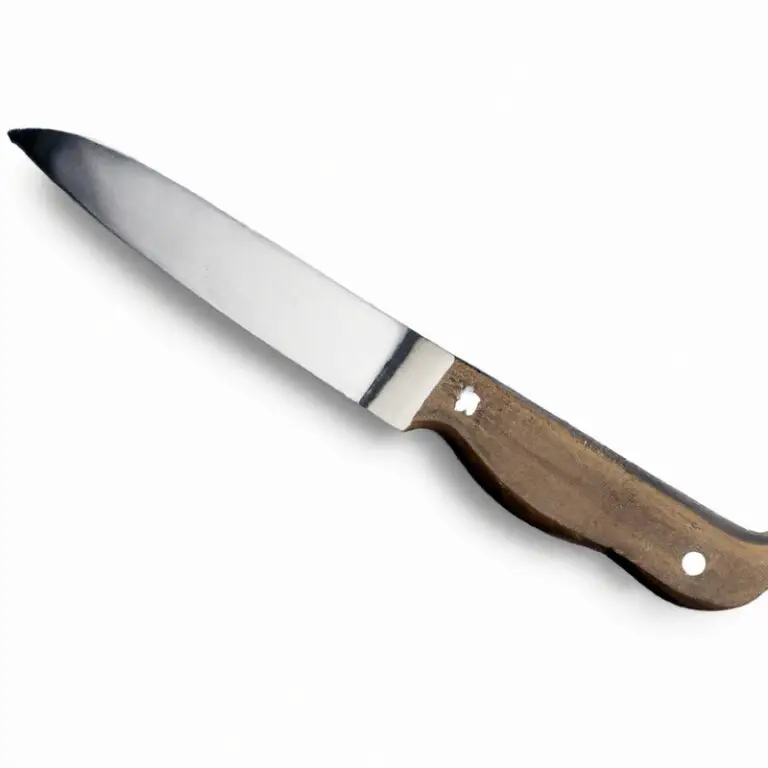What Is The Ideal Blade Length For Filleting Small Fish? Master Your Technique With The Right Tool
Key Takeaways:
- A blade length of around 6-7 inches is ideal for filleting small fish, allowing for precision and control during the process.
- Using a blade that is too long or too short can result in uneven cuts and wasted meat, making it important to choose the right length for the job.
- A flexible blade is also important for filleting small fish, as it can easily maneuver around bones and contours to ensure maximum yield.
- Proper sharpening and maintenance of the blade is essential for achieving the best results, regardless of the length chosen.
As an avid fisherman, I know that the right tools can make all the difference when it comes to filleting small fish. One of the most crucial elements to consider is the blade length of your filleting knife.
While it may seem like a small detail, choosing the proper blade length can affect the ease and precision of your filleting.
In this article, we’ll explore the various factors to consider, the pros and cons of shorter and longer blade lengths, and expert recommendations for selecting the perfect blade length for filleting small fish. So, let’s dive in and sharpen our knowledge!
| Blade length (in inches) | Pros | Cons |
|---|---|---|
| 6-7 | Ideal for small fish, quick and easy to maneuver | Limited versatility, not suitable for larger fish or tougher cuts |
| 8-9 | Versatile, suitable for various sizes of fish | Can be less precise and more cumbersome in smaller fish |
| 10+ | Ideal for larger fish, more precise and efficient cuts | Can be too large and heavy for small fish, may cause waste |
Understanding the importance of blade length for filleting small fish
The blade length for filleting small fish is critical to getting the job done efficiently and effectively. A shorter blade length, around six inches or less, is ideal for smaller fish because it allows for more precision and control when removing bones and skin.
A longer blade, on the other hand, can be unwieldy and difficult to maneuver, leading to uneven cuts and potential damage to the fish.
It is essential to consider the type and size of the small fish to determine the appropriate blade length. Choosing the right blade length for filleting small fish can make the process easier, safer, and produce better results.
Factors to consider in choosing the blade length for filleting small fish
When it comes to choosing the ideal blade length for filleting small fish, there are several factors to consider. These include the size and type of fish, the level of precision required, and personal preference.
Additionally, the thickness of the blade and flexibility also play a crucial role.
A thinner and more flexible blade is ideal for delicate fish, while thicker blades are better suited for tougher fish. Ultimately, it is essential to choose a blade length that allows for smooth and precise cuts, while also ensuring safety and comfort during use.
Common blade length options for filleting small fish
The common blade length options for filleting small fish are typically between four and seven inches. A four-inch blade is ideal for smaller fish such as trout or panfish, while a seven-inch blade is more suitable for larger fish like salmon or catfish.
A five or six-inch blade is a versatile option as it can handle both smaller and larger fish with ease.
It’s important to note that blade length isn’t the only factor to consider when choosing a fillet knife. The curvature of the blade, flexibility, and material are also important factors.
Ultimately, the best blade length for filleting small fish depends on personal preference and the type of fish being filleted.
It’s essential to choose a blade length that feels comfortable and allows for precision cuts.
Comparing pros and cons of shorter and longer blade lengths for filleting small fish
Shorter blades offer greater maneuverability, making them more suitable for filleting small fish with intricate bone structures. They’re also less likely to damage the delicate flesh of smaller fish.
However, shorter blades tend to be less efficient in filleting larger fish.
On the other hand, longer blades provide greater coverage, making filleting larger fish easier. They’re also more efficient in removing the skin and fillet from the fish.
However, longer blades can be more difficult to maneuver, and may not be suitable for filleting smaller fish.
Ultimately, the choice of blade length depends on the type and size of fish being filleted, as well as personal preference and skill level. It’s important to choose a blade length that suits the task at hand in order to ensure a safe and successful filleting experience.
How to determine the right blade length for the type of small fish being filleted
To determine the right blade length for filleting small fish, consider the size and type of fish being filleted. For smaller fish, a blade length between 4-6 inches is appropriate.
However, for larger fish, a longer blade length of 7-9 inches may be necessary.
It is important to also consider the thickness of the fish and the depth of the bones, as a longer blade may be needed for thicker fish with bigger bones. Ultimately, the right blade length will depend on the individual’s preference and experience with filleting small fish.
Tips for maintaining the ideal blade length for filleting small fish
Maintaining the ideal blade length for filleting small fish is crucial for successful and efficient fish preparation. Here are some key tips for maintaining the optimal blade length:
- Choose the right blade length based on the type and size of the small fish being filleted. A general rule is to use a shorter blade for smaller fish and a longer blade for larger fish.
- Keep the blade sharpened and honed to ensure precise and clean cuts. A dull blade can damage the fish and make the filleting process more difficult.
- Use a flexible blade for delicate small fish to prevent tearing or damaging the flesh.
- Avoid applying excessive pressure while filleting as this can cause the blade to bend or break, especially for longer blades.
- After use, clean the blade thoroughly and store it in a dry and safe place to prevent rust or damage.
By following these tips, filleting small fish can be made much easier and efficient.
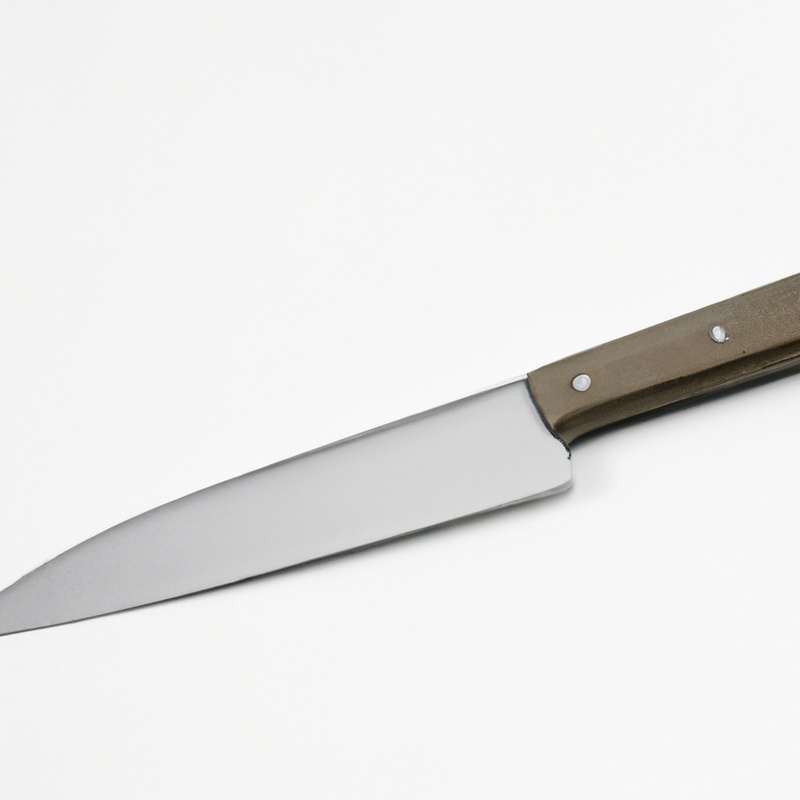
Safety considerations when using different blade lengths for filleting small fish
When it comes to using different blade lengths for filleting small fish, safety should always be a top priority. The length of the blade can affect the amount of control you have over the knife, which can impact the overall safety of the task.
It’s important to choose a blade length that you feel comfortable and confident using.
Shorter blade lengths can be more suitable for smaller fish, but they may require a bit more force to work through the fish. This can increase the risk of slipping and potentially injuring yourself.
Longer blade lengths can provide more control and precision, but they can also be more difficult to maneuver.
Regardless of the blade length you choose, always keep your fingers and other body parts away from the blade while it’s in use. Additionally, make sure the blade is sharp and in good condition to prevent it from slipping.
Use a cutting board with a non-slip surface to prevent the fish from sliding around.
Overall, taking the time to choose the right blade length and using proper safety precautions can help ensure a successful and injury-free fish filleting experience.
Potential consequences of using the wrong blade length for filleting small fish
Using the wrong blade length for filleting small fish can lead to several potential consequences. A blade that is too short may not effectively cut through the fish’s skin, causing uneven cuts and making the filleting process difficult and time-consuming.
On the other hand, using a blade that is too long could result in wasting valuable meat and damaging the fish’s flesh.
It could also increase the risk of accidents and injuries while filleting, as a longer blade may be harder to control and maneuver. Additionally, using the wrong blade length can affect the overall quality of the fillet.
A blade that does not match the size of the fish can result in a poorly filleted fish, which may not look as appealing and could affect the taste and texture of the meat.
In some cases, it may even lead to waste and spoilage if the fillet is not properly prepared and stored. To sum up, selecting the correct blade length is crucial when filleting small fish to achieve precision, efficiency, and quality results.
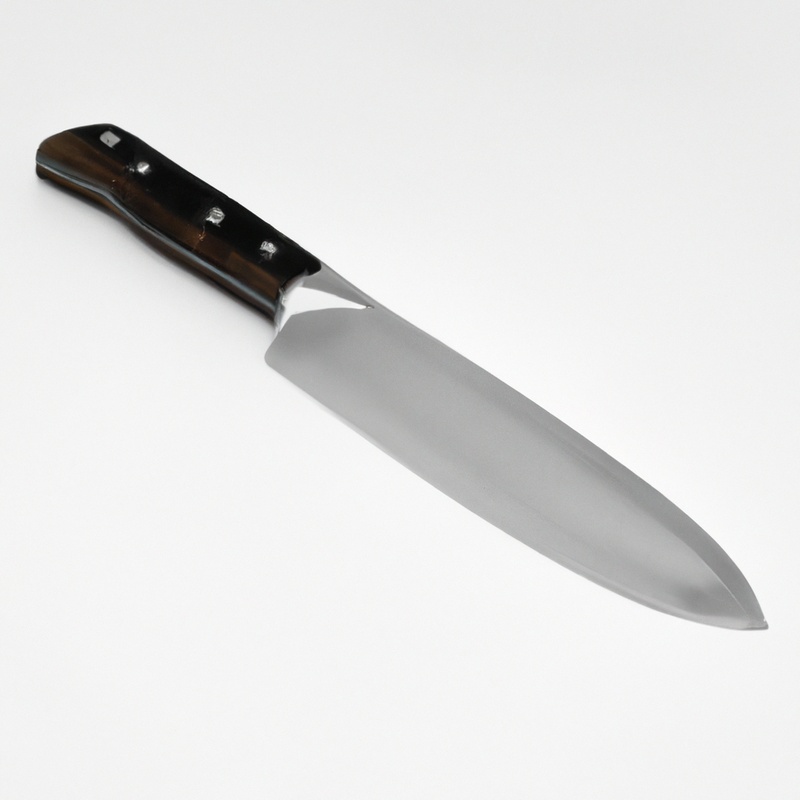
Expert recommendations on selecting the optimal blade length for filleting small fish
Experts recommend selecting a blade length between 6 to 8 inches for filleting small fish. Shorter blades provide greater control and precision when dealing with tight spaces, intricate details and delicate cuts, while longer blades allow for quicker and smoother cuts on larger fish.
It is essential to match the blade length to the size and species of fish to achieve the best results.
Additionally, it is crucial to maintain a sharp and well-maintained blade to prevent damage to the delicate flesh of small fish.
Answering common questions about blade length and filleting small fish
One common question about blade length when filleting small fish is whether a longer or shorter blade is better. A longer blade can make longer cuts and may be preferred for larger fish, but a shorter blade offers greater precision and control for smaller fish.
It’s important to choose the right blade length for the type of fish being filleted.
Additionally, it’s crucial to properly maintain the blade to ensure optimal performance and avoid safety hazards. Always follow safety precautions and expert recommendations when selecting and using a blade for filleting small fish.
Final Verdict
The ideal blade length for filleting small fish primarily depends on the size and type of fish being filleted, as well as personal preference and skill level. A shorter blade can offer greater precision and control, while a longer blade can handle larger fish and make filleting more efficient.
Proper maintenance and safety measures should also be taken into account when selecting and using a blade length.
The key is to find the right balance between efficiency and precision to achieve the desired results. By taking into consideration the factors outlined above and following the expert recommendations, you can confidently select the optimal blade length for filleting small fish.
Remember, selecting the right blade length is essential to achieving a clean and efficient fillet, and with the right technique and equipment, you too can become a skilled fillet master.

